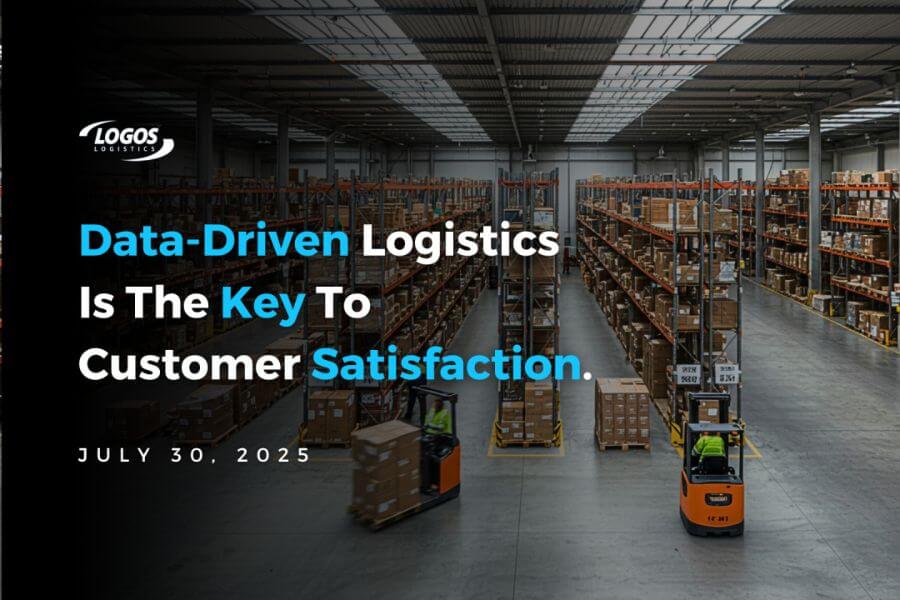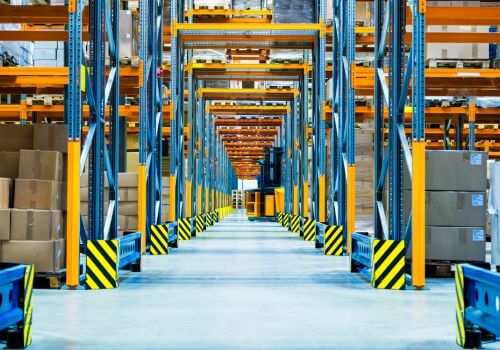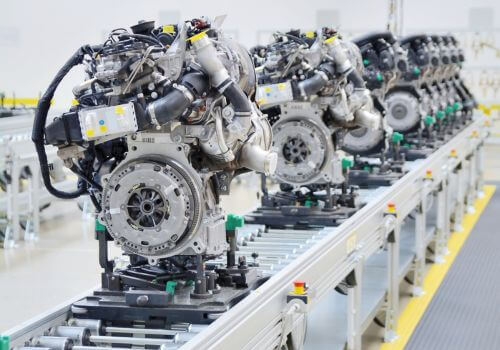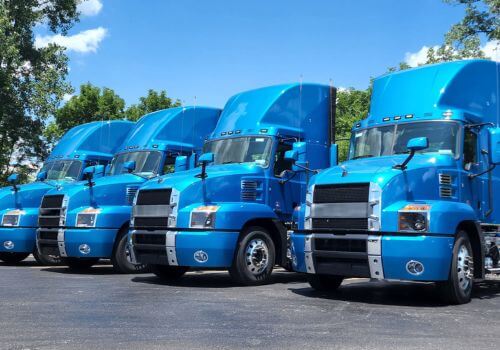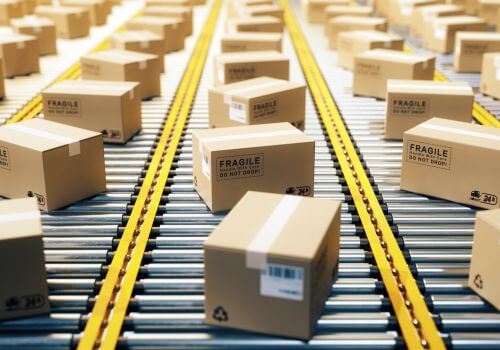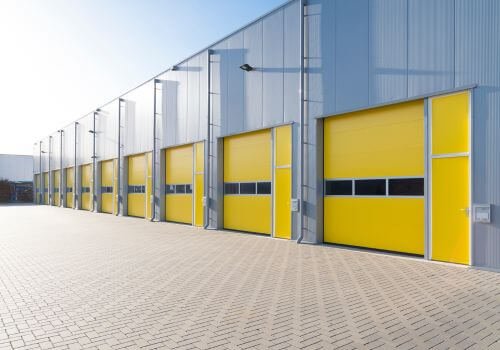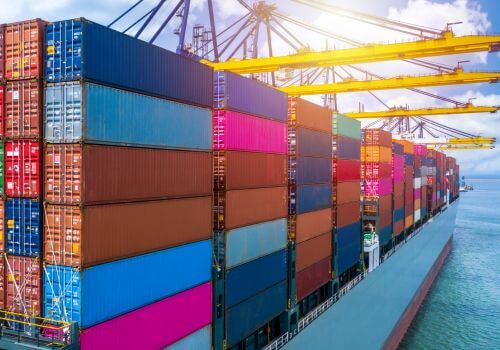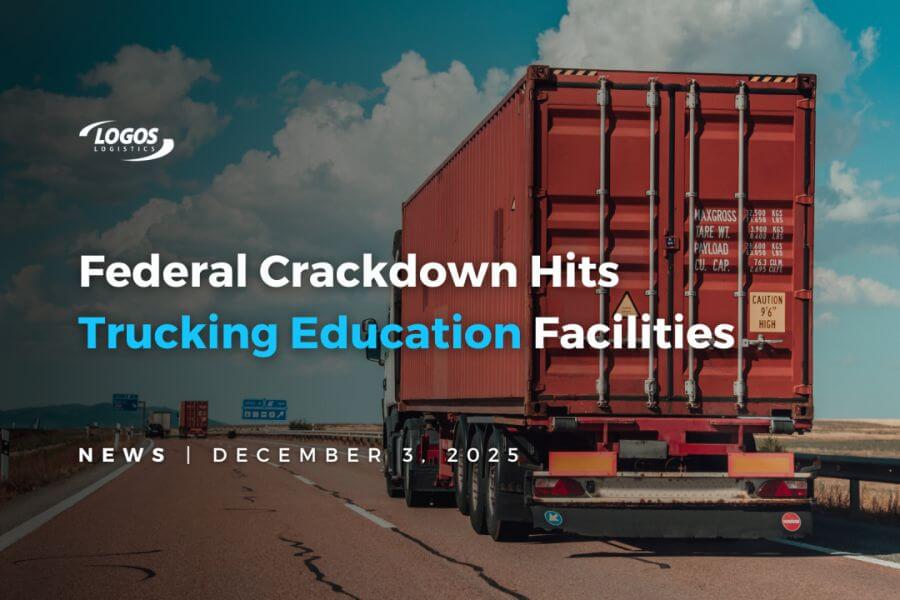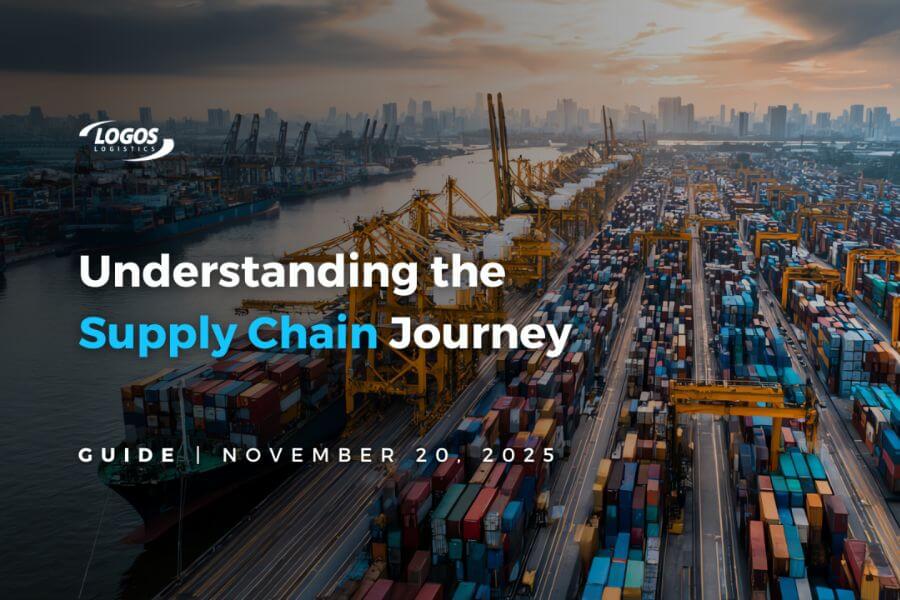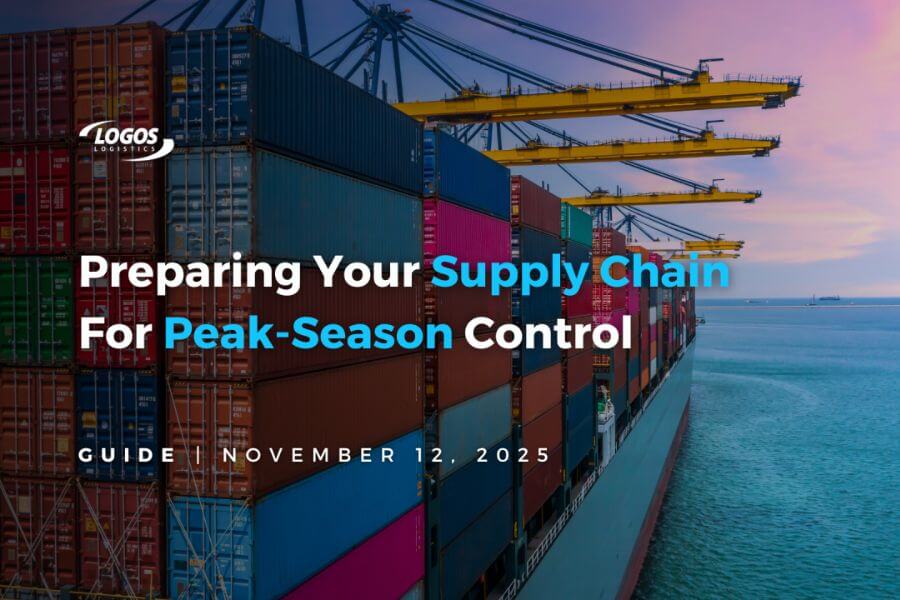In today’s fast-paced, e-commerce-driven world, customer expectations for delivery speed, transparency, and reliability are higher than ever. A single delayed or mishandled order can turn a loyal customer into a lost one. To meet these growing demands, logistics companies and retailers are turning to one powerful solution: data. From predictive analytics to real-time tracking, data-driven logistics is redefining customer experience (CX), making every delivery faster, smarter, and more personalized.
A recent survey by PwC revealed that 73% of customers consider experience a key factor in their purchasing decisions, and logistics plays a significant role in that experience. Data, when used effectively, transforms traditional logistics into a seamless, customer-centric service.
The rise of data in logistics
Logistics has come a long way from being a back-office operation that simply “moved goods” to a strategic, data-powered engine that drives customer satisfaction. The growth of e-commerce giants like Amazon has set new benchmarks for delivery speed and accuracy, forcing the entire logistics industry to innovate.
With technologies like big data analytics, Internet of Things (IoT) sensors, and machine learning, logistics companies can now collect, analyze, and act upon massive amounts of data from warehouse inventory levels to driver performance and weather patterns. This shift is enabling logistics providers to anticipate issues before they arise, plan smarter routes, and keep customers informed at every step of the journey.
Real-time tracking and transparency
One of the biggest game-changers in logistics has been real-time tracking. Customers no longer want vague shipping estimates; they want precise updates about where their order is and when it will arrive.
Thanks to IoT devices and GPS-enabled vehicles, logistics companies can now offer minute-by-minute visibility into shipments. Platforms like FedEx SenseAware and UPS My Choice allow customers to track packages with incredible accuracy.
Real-time tracking isn’t just about convenience; it builds trust. A customer who knows that their package will arrive at 2:30 PM, instead of “sometime today,” feels more in control and satisfied with their purchase experience.
Predictive analytics for faster deliveries
Data doesn’t just tell companies what’s happening; it can predict what will happen next. Using predictive analytics, logistics firms can forecast potential delays and take proactive measures to avoid them.
For example, companies like DHL and Amazon use weather, traffic, and historical delivery data to optimize routes in real time. A delivery truck might automatically be rerouted to avoid a traffic jam or severe weather event, ensuring the package still arrives on schedule.
This proactive approach drastically reduces delays, minimizes operational costs, and delivers a smoother experience for customers who increasingly value speed and reliability over everything else.
Personalization of the delivery experience
Modern consumers want more than fast shipping; they want personalized delivery options. By analyzing customer preferences and order histories, logistics providers can offer flexible delivery windows, preferred drop-off points, or even tailor notifications.
For instance, Amazon’s “anticipatory shipping” model leverages customer browsing and buying patterns to predict which products customers will likely order next, pre-positioning inventory closer to them. This predictive approach can cut delivery times from days to hours.
Personalization goes beyond delivery speed; it’s about creating a delivery experience that feels custom-built for the customer, which greatly improves satisfaction and loyalty.
Data-driven customer support
Few things are more frustrating than an unresolved delivery issue. By integrating logistics data with customer relationship management (CRM) systems, companies can provide proactive and data-backed support.
For example, if a package is delayed due to weather, AI-powered systems can send automated alerts to the customer, sometimes before the customer even notices the problem.
Chatbots powered by AI, combined with real-time shipment data, are increasingly able to answer customer questions about order status, expected delivery time, or return options, often faster than a human agent.
Enhancing reverse logistics with data
The return process, also known as reverse logistics, is a critical part of customer experience, especially for e-commerce companies. A complicated return policy can ruin the customer’s perception of a brand.
Data analytics helps streamline returns by predicting return trends, optimizing reverse shipping routes, and automating refunds. Retailers like Zappos have excelled in this area by offering hassle-free returns, backed by robust data systems that handle reverse logistics efficiently.
Challenges of data-driven logistics
While the benefits are clear, data-driven logistics also comes with challenges:
- Data privacy & security: With increasing data collection, companies face risks of cyberattacks and must comply with regulations like GDPR.
- Implementation costs: Smaller businesses may find advanced logistics analytics costly to adopt.
- Data accuracy: Poor data quality can lead to incorrect predictions or inefficient routes, hurting the customer experience rather than improving it.
Despite these challenges, the return on investment for data-driven logistics is undeniable, especially for businesses that prioritize customer satisfaction.
The future of customer experience in logistics
The future of logistics lies in hyper-personalization and automation. Artificial intelligence, blockchain, and digital twins (virtual replicas of supply chains) will soon allow companies to simulate, analyze, and optimize delivery experiences before real-world problems occur.
Drones and autonomous delivery robots will generate even more data points, providing real-time updates with greater precision. Imagine being able to track a delivery drone as it approaches your house, down to the second.
Data-driven logistics is becoming fundamental in how businesses deliver value to customers. Real-time tracking, predictive analytics, personalized delivery, and improved customer support are making logistics a key driver of customer loyalty.
For companies, the message is clear: data is no longer just an operational tool; it’s a competitive advantage. Those who embrace data-driven logistics will not only streamline their operations but also create a seamless, customer-focused experience that sets them apart in an increasingly crowded market.

